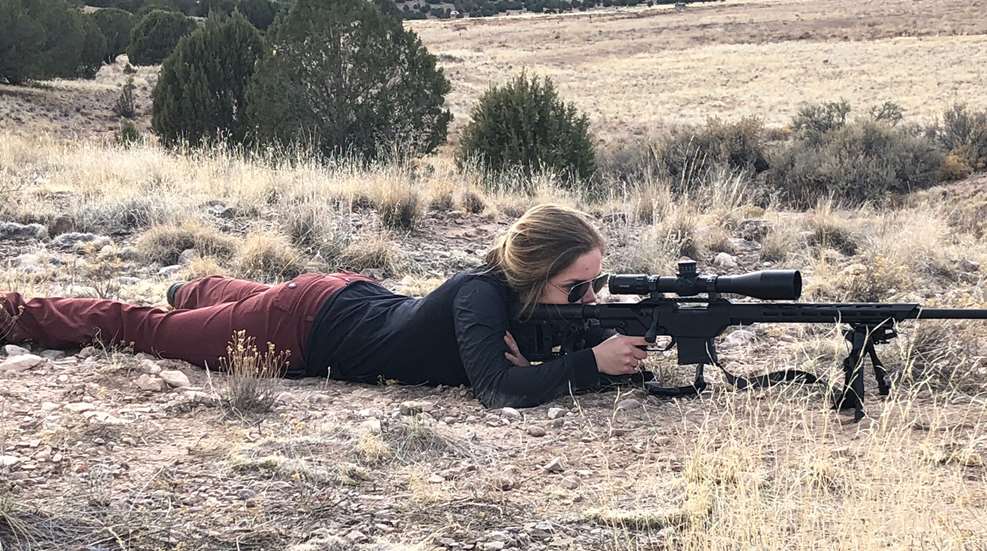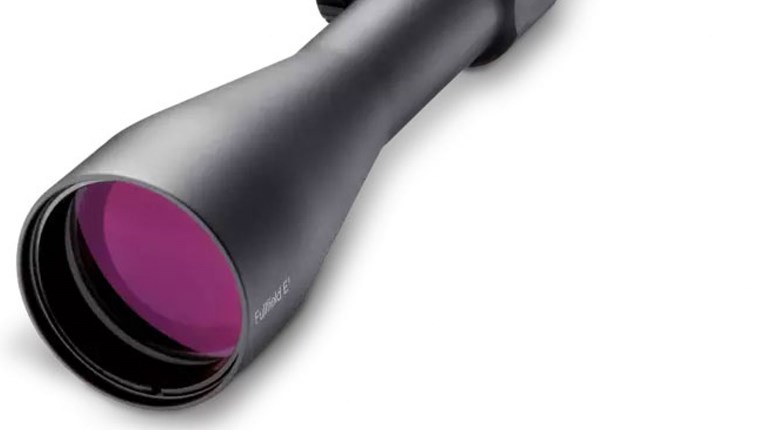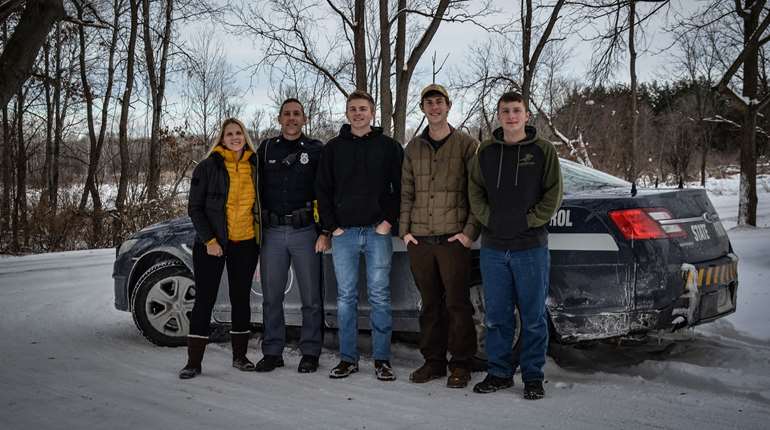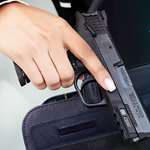
If you hunt long enough, it’s going to happen: You’re going to miss the animal at which you’re aiming, whether it’s a deer with a rifle, a turkey with a shotgun or something else. You took careful aim, you’re pretty sure you did what you were supposed to, but the shot went high or wide or who knows where.
It’s tempting to assume there must be something wrong with your gun, and it’s possible this is the case. However, it’s much more likely that your equipment is fine and you just … well, I hate to tell you this, but you just didn’t do your part correctly. It happens to all of us, but here are a handful of reasons you might have missed.
You Jerked the Trigger
This is the big one, almost certainly the most common reason for missing: You just plain old screwed up the shot. With a rifle or an aimed shotgun, a smooth trigger pull is vital—mess it up and your projectile(s) can be sent wildly off course.
A smooth trigger pull has a couple of important elements. First, it’s steady, not a fast jerk or quick slap. Let your breath out and squeeze the trigger in that moment before you naturally take your next breath—but not holding your breath, which will make you shaky. Pull the trigger straight back with the pad of your trigger finger. If you curl your finger into itself instead of coming straight back, you’re putting torque on the trigger and could move the gun to the left (if you’re right-handed) if you curl hard enough. Believe it or not, the movement you put into the trigger will translate to the entire gun, so when you’re jerking the trigger, you’re actually jerking the muzzle as well.
Follow-through is important. Keep the trigger squeezed to the rear for a second after the shot is released, and re-establish your sight picture through the scope as quickly as you’re able. It takes practice at the range to train yourself to do this, but it has two benefits. Keeping your finger on the trigger helps prevent off-center jerking, and making it a priority to re-establish your sight picture will help you learn to keep your head on the stock while you shoot. We have a natural tendency to lift our head off the stock immediately after shooting (a subconscious “get me away from this recoil” reflex), but if you do that too quickly, you can soon develop the habit of doing it as you pull the trigger instead of right after, and that will introduce muzzle movement that wreaks havoc with your shot.
We jerk triggers for lots of reasons, but the primary one is that we rushed. We didn’t take the time to take a deep breath and settle our nerves, and we squeezed the trigger too fast in our rush to get it done. Slowing down will help you kick your trigger-jerking habit.
You Couldn’t Get Steady but Plowed Ahead Anyway
I’m ashamed to admit that I’m guilty of this. When I was a less-experienced hunter, I really wanted to harvest a particular animal I had in my scope, but I had just scrambled up a mountain and was out of breath. I dropped to my knees and set up shooting sticks, but I couldn’t get steady. My heart was racing, my adrenaline was pumping, and the crosshairs were wobbling all over the place. Instead of taking my time (the animal was feeding, so I had no real need to hurry), I said a prayer and squeezed—probably jerked, if I’m being honest—the trigger anyway. It was, mercifully, a clean miss, but the animal ran off and I learned a hard lesson.
The truth is that your crosshairs are seldom going to be stone-still on any animal unless you’re shooting prone or off a bench. If you’re using shooting sticks, leaning against a tree or resting the gun on the rails of your treestand or shooting house, you’re going to have some wobble. You’ve got to learn to embrace it by making the wobble smaller and smaller in a circle or a figure-8 pattern until the circumference of the wobble is smaller than the animal’s vital zone. Then you’re safe to shoot. Dialing your scope out so it’s not zoomed in too tightly will help you manage this.
However, if you’re not able to get the wobble of the crosshairs under control in a tight little circumference, you’re not ready to shoot. Your projectile can go anywhere those crosshairs point, and if that happens to be outside the vital zone at the time the shot is squeezed off, you’ve got a miss or worse. Steady up or don’t shoot.
You Forgot to Account for Wind or Drop
The farther your shot, the more this comes into play. Within 100 or 200 yards, it’s not much of a concern, but if you’re stretching your shot past that, you’ll soon need to start thinking about how that bullet is going to drop once it leaves your muzzle. When you fire a rifle, the projectile travels in an arc, rising slightly before gravity begins pulling it down to the earth. The farther out the target is, the farther down on the downward side of that arc the bullet will impact. In grossly oversimplified terms, you need to hold your scope a little higher to compensate for this.
Ballistic calculators make figuring your drop easy, but this is something you need to work out at the range well before you go hunting. If you plan to shoot at longer ranges like this, you probably have a scope that includes hashmarks to help you account for drop. That’s great, but you want to memorize exactly how much drop each hashmark represents, and keep in mind that the measurements will change based on your magnification if you’re using a second-focal-plane scope.
Unless it’s a really blustery day, wind is less of a factor than drop, but the farther your shot, the more you need to consider it. If you’re shooting at game at distances where the wind can really push your bullet around, you’d better be an experienced and confident long-range shooter.















































